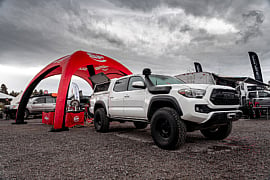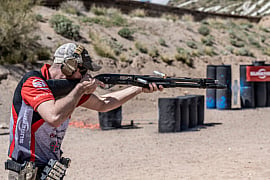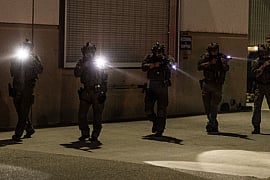Note: It’s no secret that Tap-Rack Tactical’s Bill Blowers is a hard-core advocate of constant and consistent training to improve one’s pistol skills. In this training segment, Blowers discusses the Jill Drill:
One of my goals has been to match my performance in the daytime to all spectrums. It started with handheld lights and then continued to weapon-mounted lights when the team first got the X200 lights for our duty pistols. That mindset has also continued to Night Vision shooting. I have never believed that an accommodation should be required. I just need to work harder to get the accuracy and time where it needs to be.
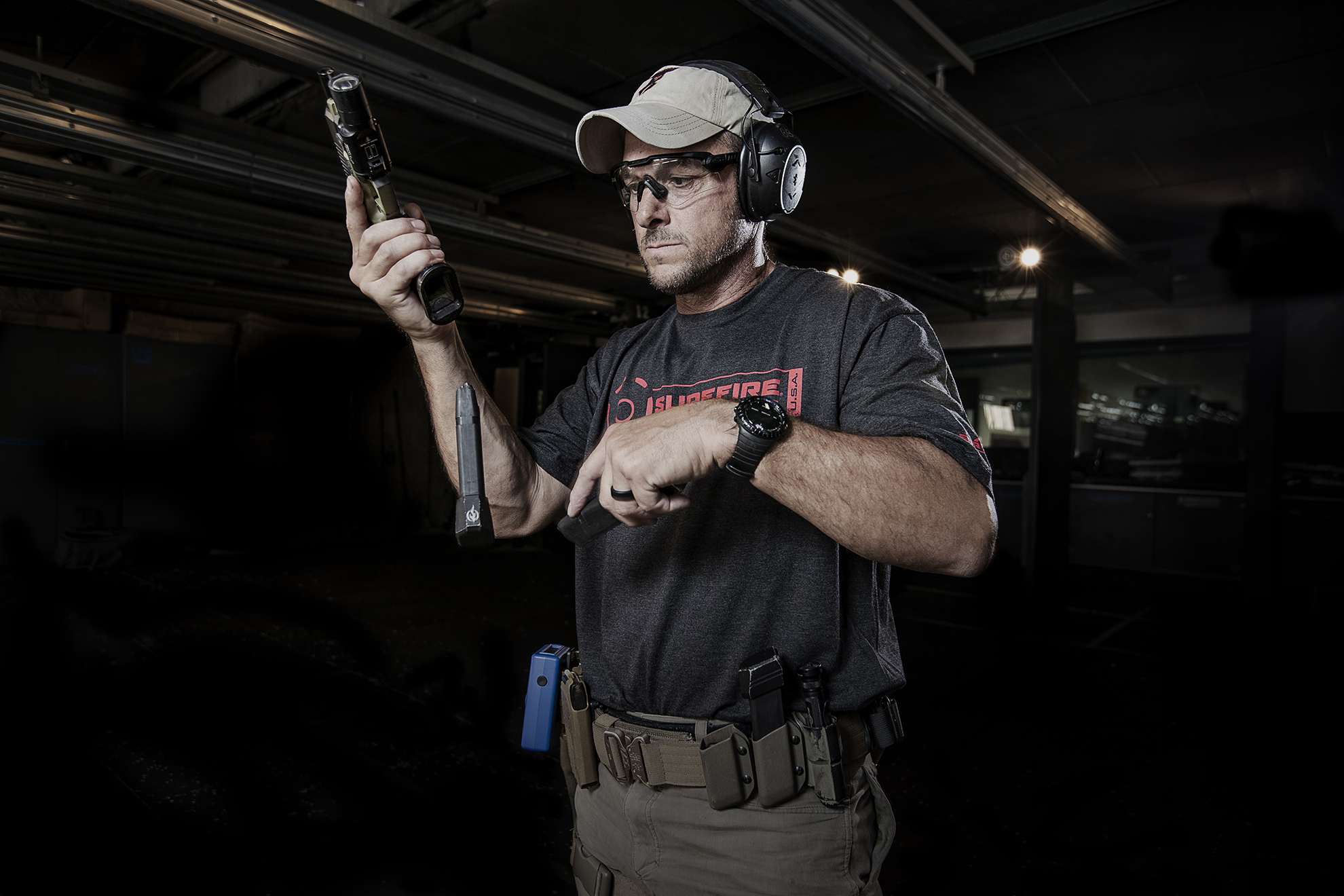
Before I explain the Jill Drill, it should be noted that I am a proponent of turning lights off if/when the gun goes down and requires a significant amount of time to get it back up. So complex malfunctions are one example, speed reloads are another. I am currently doing 1.1-second reloads on average, but sometimes I really screw one up by dropping a mag, banging around the magwell or other human error issues that greatly extend that time. In addition, because the pistol gets pointed up during reloads, with the light on, a bad guy could determine that the gun is not pointed at him and use that moment in time against me. So, the light goes out for those. Simple malfunctions do not require the light to go out since the weapon generally stays pointed at the threat and the speed to clear is consistently short.
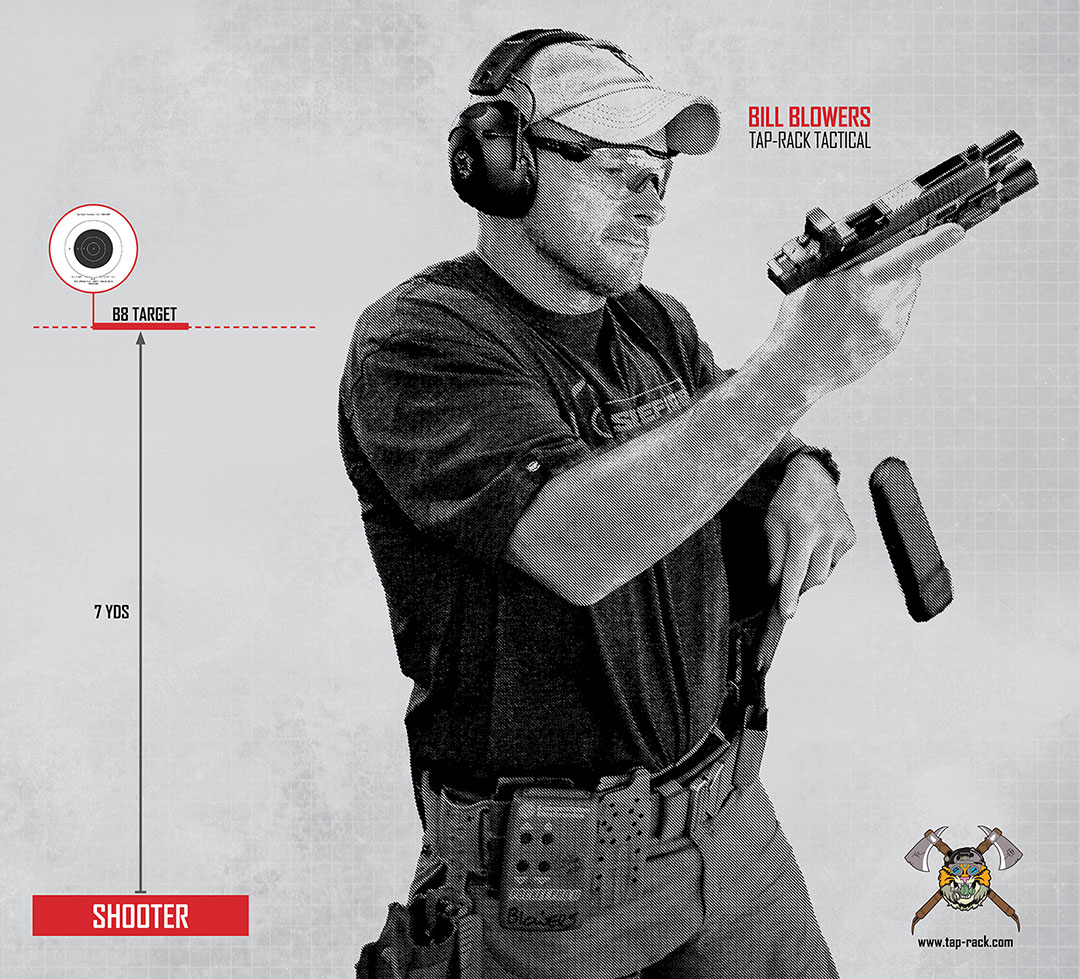
1. THE SETUP
Set up a B8 target at 7 yards.
2. THE PROCEDURE
The Jill drill is a blind layered drill. It is best if a shooting partner loads your magazines for you, but it’s not required as long as the load is random and different every time you shoot it. Ten live rounds and one dummy round are randomly loaded into two magazines. Your partner puts one in your pistol and the other in your pouch so you can’t feel the weight. On the buzzer, draw and shoot both magazines empty, it’s as simple as that. But don’t think that it is simple. Par time is 10 seconds, and you must keep all your rounds inside the 8 ring or greater.
3. WHAT TO FOCUS ON
With regard to low light, the setup is exactly the same. On the draw, you must activate the weapon-mounted light, and you must extinguish it during the reload. You can keep it on during the dummy round malfunction. The switch will add approximately .5 to 1 second to your total time. So, if you’re barely getting the par time, you will likely not get it when you add in light management. This concept can be applied to any drill, and you don’t need to shoot at night to work switches. You can do that in the daytime or anytime you are shooting. Aiming with a white light is no more difficult than daytime shooting. Putting in the switch reps so they become second nature is the hard part.
4. INCREASE THE CHALLENGE
Once you can keep all your rounds inside the 8 ring, reduce to all black, then score 95 points, and finally 10X. The time remains constant, the accuracy gets harder. Once you can shoot 10X reliably, start cutting time. Full disclosure: I can’t shoot 10X consistently. That’s a goal I’m still trying to achieve.
For more information on Bill Blowers and Tap-Rack Tactical, visit Tap-Rack.com. You can also see him in action in SureFire Field Notes 59. For more information on SureFire’s world-class pistol WeaponLights, flashlights and tactical gear, visit SureFire.com.


